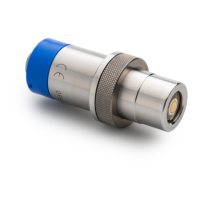
Do you have a question about the Hach ORBISPHERE Series and is the answer not in the manual?
| Category | Accessories |
|---|---|
| Manufacturer | Hach |
| Model | ORBISPHERE Series |
| Power Supply | Battery or external power supply (depending on model) |
| Communication | Analog output, digital communication (e.g., Modbus, Profibus, HART) depending on model |
| Dimensions | Varies depending on model |
| Weight | Varies depending on model |
| Measurement Range | 0 ppb - 50 ppm (depending on sensor) |
| Accuracy | ±1 ppb or ±1% of reading (depending on sensor) |
| Operating Temperature | 0 to 50°C (32 to 122°F) (depending on sensor and instrument) |
Detailed specifications for ORBISPHERE GA2X00 oxygen sensors, including type, dimensions, weight, materials, and certification.
Lists sensor configurations for various beverage applications, detailing sensor models, membrane cartridges, and protection caps.
Provides membrane specifications for oxygen sensors like 2956A-A, 2958A-A, 29552A-A, and 2952A-A.
Details specifications for oxygen sensors 2935A-A, 29521A-A, and 2995A-A.
General safety precautions, hazard communication, and best practices for using the equipment safely.
Explains safety alert symbols, protective wear requirements, and hazardous substance markings.
Describes the electrochemical sensor, its delivery state, and protective storage cap.
Details the different types of protection caps available for ATEX and Non-ATEX sensors.
Lists the contents and purpose of the sensor recharge kit essential for operation and maintenance.
Outlines necessary safety precautions and preparation steps before installing the sensor, including cartridge replacement.
Provides guidelines for correctly installing the sensor into the system, including positioning and connection.
Step-by-step instructions for inserting the sensor into the flow chamber or socket.
Details the process for safely removing the sensor from its housing and installing the storage cap.
Recommends a schedule for membrane replacement based on application type and conditions.
Lists necessary items and conditions required before performing sensor maintenance tasks.
Provides detailed steps for replacing the sensor membrane and cleaning the sensor head using specific tools.
Lists common problems with oxygen sensors, their probable causes, and possible solutions for troubleshooting.
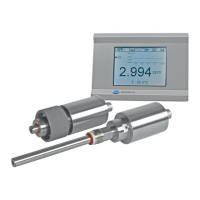



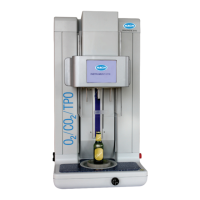
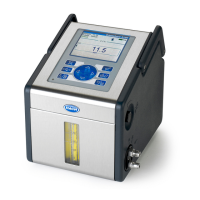
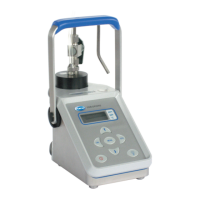


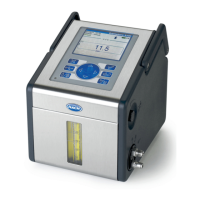
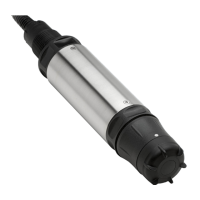

